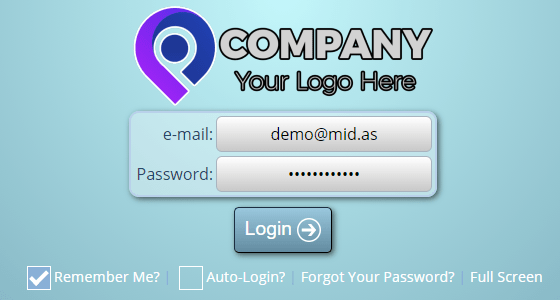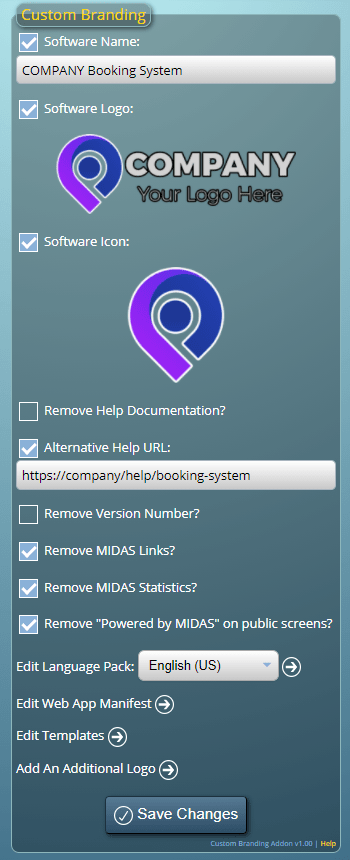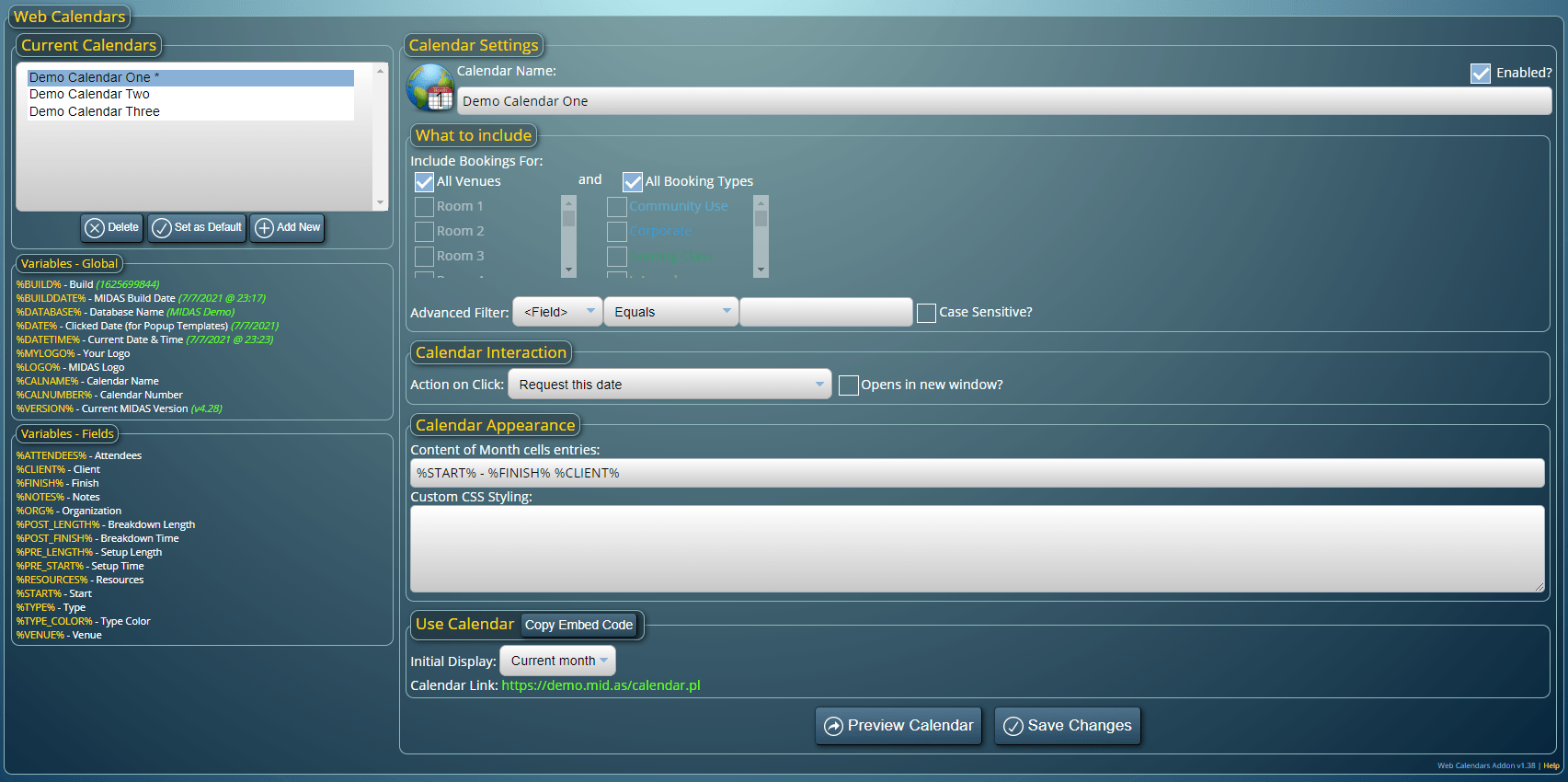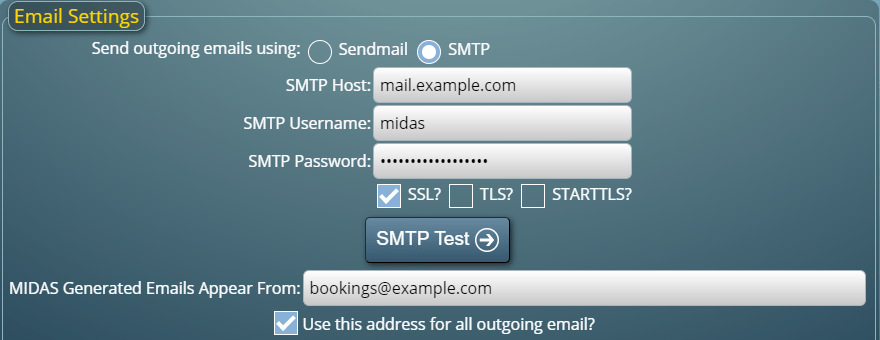In our previous blog post, we introduced our new optional “Custom Branding” addon.
This allows you to re-brand (white label) a MIDAS booking system, removing any references to “MIDAS” and replacing them with your own name and logo.
The “Custom Branding” addon is available to both self-hosted and cloud-hosted customers.
Now, for cloud-hosted customers, if you want to remove references to “MIDAS” from your booking system, you’ll still have the “mid.as” reference in the actual URL for your MIDAS system (i.e. “example.mid.as”).
Our new companion “Domain Alias” addon solves this issue!
It allows you to setup access to cloud hosted MIDAS system via another domain instead. – for instance a sub-domain of your organization’s own website domain.
So for example, if your hosted MIDAS domain was “example.mid.as”, and your organization’s own domain was “example.com”, you could use the optional Domain Alias addon and set say “bookings.example.com” to use as the URL for your hosted MIDAS system instead.
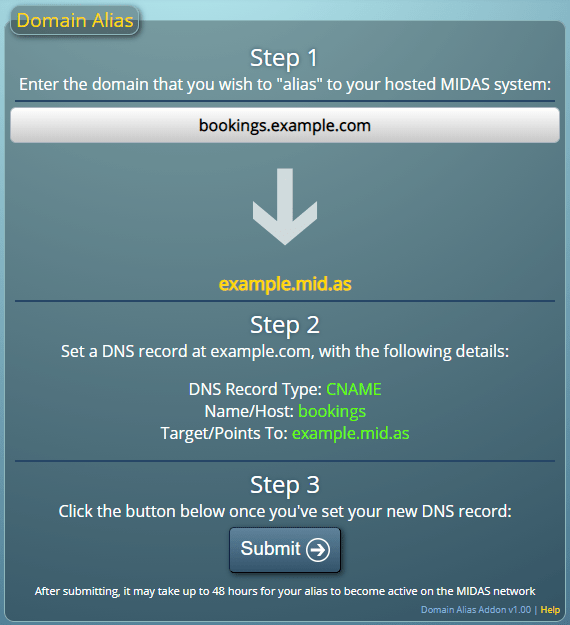
Setting up a domain alias is a simple 3-step process:
- Enter the domain/sub-domain you wish to “alias” to your hosted MIDAS system.
- Make a small DNS change on your organization’s domain using the information provided in the addon
- Confirm that you’ve made your DNS change
Once your changes become active, you’ll be able to access your hosted MIDAS system via your chosen domain alias.
For more information about this optional addon for cloud-hosted customers, please visit: https://mid.as/domain-alias
